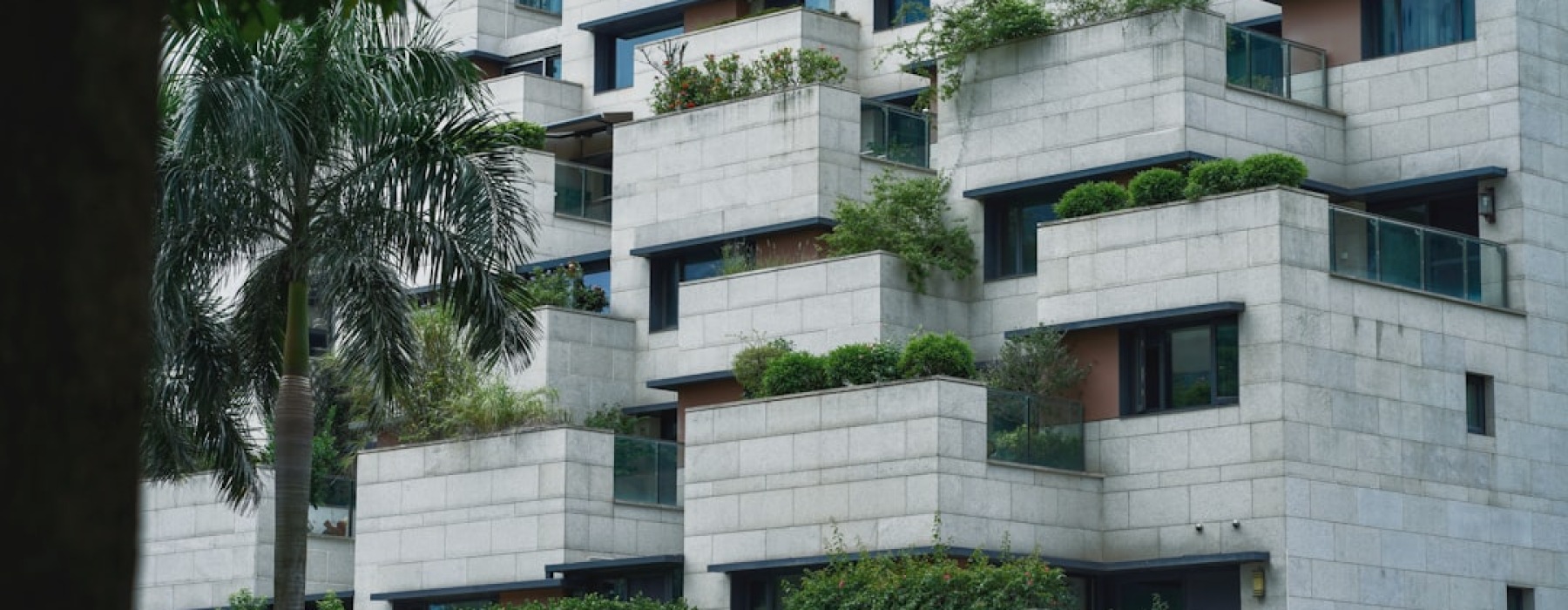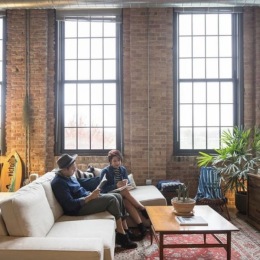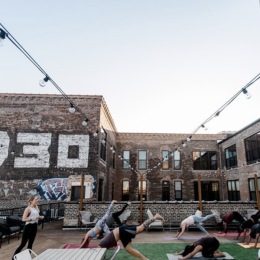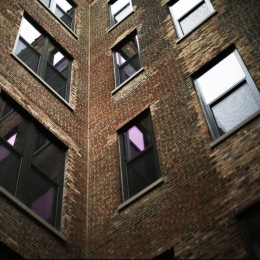Your Guide to Smarter Living: Discovering Energy Efficient Apartments
Why Energy Efficiency Matters in Today's Rental Market
Energy efficient apartments represent a smart choice for modern renters who want to optimize energy use, experience better comfort, and have a smaller environmental impact. These thoughtfully designed living spaces use advanced building techniques, high-performance appliances, and smart systems to reduce energy waste while creating healthier, more comfortable homes.
Key features that define energy efficient apartments:
- ENERGY STAR certified appliances that operate with superior energy performance compared to standard models
- High-performance insulation and air sealing that optimize heating and cooling performance
- Efficient HVAC systems with programmable or smart thermostats
- LED lighting that operates with significantly greater efficiency than traditional bulbs
- Low-flow water fixtures that conserve hot water
- Quality windows that prevent drafts and temperature loss
The benefits extend beyond just efficiency. According to research from participating multi-family properties, residents in energy efficient buildings experience more consistent temperatures throughout their homes, better indoor air quality with reduced pollutants, and significantly quieter living spaces due to improved insulation.
Properties that earn the ENERGY STAR label are designed to be at least 10% more energy efficient than standard buildings, with many achieving 20% improvement on average.
Nearly 80% of consumers now consider sustainability an important factor in their housing decisions, and more than 60% actively try to make sustainable choices. This shift reflects growing awareness that energy efficient apartments offer a practical way to reduce environmental impact while enjoying modern comfort and convenience.
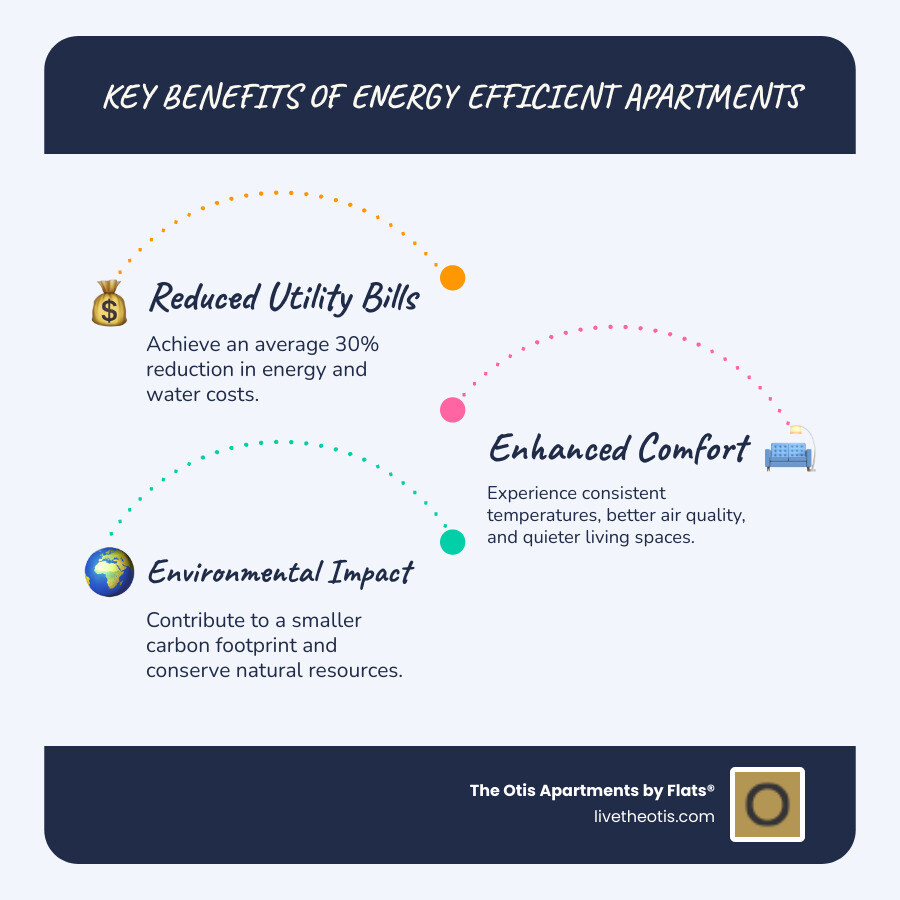
The Dual Benefits of Green Apartment Living
Choosing to live in an energy efficient apartment offers a harmonious blend of personal comfort and environmental responsibility. The advantages ripple through daily life, from the air residents breathe to the planet everyone shares.
Why Comfort and Efficiency Go Hand-in-Hand
The design of energy efficient apartments goes hand-in-hand with creating a more comfortable living environment. Building science principles are applied to ensure optimal thermal comfort, meaning indoor temperatures remain stable and pleasant year-round. This is largely due to superior insulation and air sealing, which minimize temperature fluctuations and prevent drafts, making those chilly corners or stuffy spots a thing of the past.
Beyond temperature, these apartments often boast improved humidity control, which is crucial for comfort and preventing issues like mold growth. Sound insulation is another significant benefit; the same robust construction that keeps energy in also keeps unwanted noise out, creating a quieter, more serene living space. Research from the Harvard T.H. Chan School of Public Health has linked green building practices to improved indoor air quality, better temperature regulation, and even improved mental well-being for residents. This holistic approach to design directly improves the quality of life for residents.
A Lighter Footprint on the Planet
One of the most compelling reasons to choose an energy efficient apartment is the positive impact it has on the environment. By significantly optimizing energy consumption, these homes contribute to a substantial decrease in greenhouse gas emissions. For instance, participating multi-family properties have demonstrated a significant improvement in overall energy usage. This directly translates to fewer fossil fuels being burned for electricity and heating.
Water conservation is another key aspect. Features like low-flow fixtures help conserve water, which in turn conserves the energy required to heat and deliver that water. Furthermore, the use of sustainable materials in construction and renovation minimizes the environmental impact of building processes. Considering that around a fifth of energy consumed in residences in the United States is associated with air conditioning, the cumulative effect of efficiency features across a building becomes immense. Choosing such a home is a tangible step towards a lighter footprint on the planet.
What Defines Energy Efficient Apartments? Key Features and Design
Understanding what makes an apartment truly energy efficient starts with looking at the building's bones. Energy efficient apartments aren't created by chance – they're thoughtfully designed from the ground up with specific features that work together to minimize energy waste while maximizing comfort.
The magic begins with what building experts call the building envelope – essentially the barrier between the cozy interior and the outside world. Think of it as your apartment's protective shell. High-performance insulation acts like a warm winter coat for the entire building, keeping heated air in during winter and cool air in during summer. When paired with effective air sealing that closes up every crack and gap, this combination can significantly improve heating and cooling performance.
High-performance windows play a starring role too. Unlike older, single-pane windows that often fog up and allow drafts, modern energy-efficient windows feature multiple panes, special low-emissivity coatings, and insulated frames that create a thermal barrier. They're like invisible shields that keep the weather outside where it belongs.
The heart of any energy efficient apartment lies in its systems. Efficient HVAC systems are the workhorses that keep temperatures comfortable year-round. Since air conditioning alone accounts for about a fifth of residential energy use in the United States, having a modern, well-maintained system makes a huge difference. Many of these systems now include smart thermostats that learn preferences and adjust automatically.
ENERGY STAR appliances transform everyday tasks into opportunities for greater efficiency. These certified refrigerators, dishwashers, and washing machines operate with high efficiency in their use of electricity and water while delivering the same performance. Modern developments like the Industrial Loft Apartments in Chicago often showcase these efficient appliances as standard features.
The lighting revolution has made energy efficiency as simple as flipping a switch. LED lighting operates with far greater efficiency than traditional bulbs and lasts up to 25 times longer. That means fewer burned-out bulbs and optimized electricity consumption.
Water efficiency matters too, especially since heating water requires significant energy. WaterSense fixtures include low-flow showerheads, faucets, and toilets that can achieve significant water conservation without anyone noticing a difference in performance.
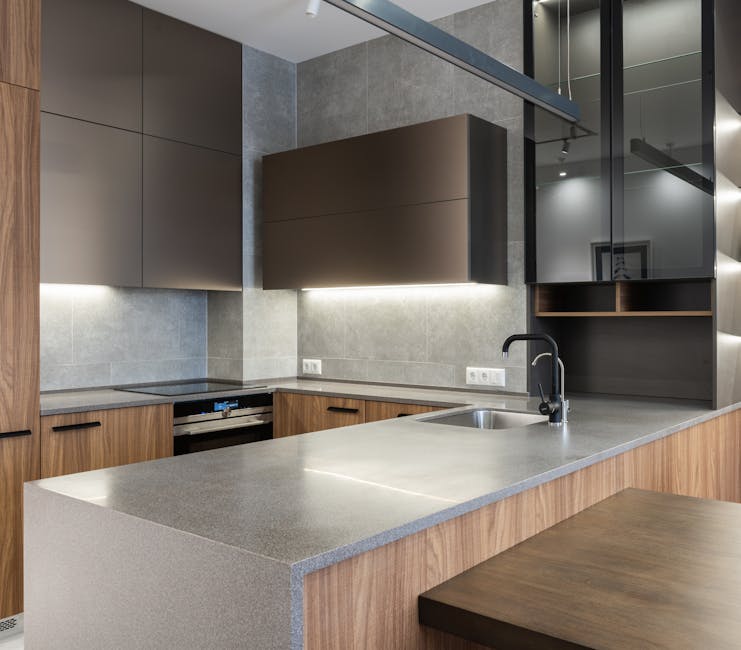
How to Find and Assess Efficient Apartments
Finding the perfect energy efficient apartment requires more than just falling in love with the layout or location. The key is knowing what questions to ask and which features to examine closely during your search.
Start by having candid conversations with property managers about energy usage and building systems. Ask about typical energy consumption for similar units, keeping in mind that individual usage varies. Understanding which utilities are included can help in assessing the apartment's overall efficiency profile.
The age and maintenance history of heating and cooling systems tells you a lot about efficiency. Systems that are 10-15 years old or more are typically less efficient than newer models. A decade-old air conditioning unit is significantly less efficient than a new system. Don't hesitate to ask about the last time major systems were updated or serviced.
Reviewing energy history provides valuable insights into what you can expect. Some landlords can share past energy usage data for the unit, giving a realistic picture of energy consumption. If that information isn't available, contact the local utility company directly - many providers can offer consumption estimates for specific addresses.
Pay attention to the metering setup in the building. Individual metering gives you direct oversight of your own utility usage, which typically encourages conservation and can result in more efficient operation. Master metering systems, where energy use is divided among all units, can sometimes lead to higher overall consumption since there's less individual accountability for energy use.
During your apartment tour, conduct your own mini-inspection. Check the age of appliances - newer models generally use less energy even without ENERGY STAR certification. Feel around windows, doors, and where pipes enter walls for drafts, which can be a significant source of heating and cooling energy loss.
Window quality makes a substantial difference in comfort and energy consumption. Double-pane windows provide much better insulation than single-pane versions. Look for signs of damage, condensation between panes, or poor sealing that could indicate problems.
Understanding Certifications for energy efficient apartments
Third-party certifications take the guesswork out of evaluating apartment efficiency. These labels provide independent verification that a building meets specific performance standards.
ENERGY STAR Certified Apartments represent the gold standard in residential energy efficiency. These buildings undergo rigorous testing and verification, ensuring they're at least 10% more efficient than standard construction, with many achieving 20% better performance. The certification covers everything from insulation and air sealing to heating and cooling systems.
The DOE Zero Energy Ready Home program represents the cutting edge of efficiency. While more commonly applied to single-family homes, the principles increasingly appear in multifamily buildings. These homes are designed to be so efficient that renewable energy sources can offset most or all annual energy consumption.
HERS Index ratings provide a numerical score for energy performance, with lower numbers indicating greater efficiency. This nationally recognized system offers a standardized way to compare different properties' energy performance.
LEED certification takes a broader view of sustainability, encompassing energy efficiency alongside water conservation, indoor air quality, and sustainable materials. LEED-certified buildings are typically highly energy efficient and provide healthier living environments.
These certifications provide peace of mind that the building was designed and constructed with efficiency as a priority, typically translating to optimized energy performance and improved comfort for residents.
Comparing Consumption in Efficient vs. Standard Apartments
The difference between living in a standard apartment versus an energy efficient apartment shows up clearly in both energy consumption and daily comfort levels.
According to average household consumption data, the typical American household uses about 10,500 kilowatt-hours annually. Apartment units generally consume less than single-family homes due to shared walls that reduce heat loss and gain.
The most significant differences appear in heating and cooling loads. Standard apartments often struggle with poor insulation, leaky windows, and inadequate air sealing. This forces HVAC systems to work overtime, constantly fighting escaped conditioned air and unwanted outdoor temperatures. Energy efficient apartments minimize these losses through superior building envelopes, dramatically reducing the workload on heating and cooling systems.
Appliance energy use creates another major distinction. Older, less efficient appliances in standard units can collectively drain substantial energy compared to modern, ENERGY STAR-certified models found in efficient apartments.
| Feature | Standard Apartment | Energy-Efficient Apartment |
|---|---|---|
| Building Envelope | Basic insulation, potential air leaks, single-pane windows | High-performance insulation, tight air sealing, double/triple-pane windows |
| HVAC System | Older model, less efficient, manual thermostat | Newer, high-efficiency, programmable/smart thermostat |
| Appliances | Mixed ages, older, non-ENERGY STAR | Predominantly ENERGY STAR certified |
| Lighting | Incandescent or CFL bulbs | LED bulbs throughout |
| Water Fixtures | Standard flow | Low-flow WaterSense fixtures |
| Typical Energy Performance | Less efficient, more variable | Highly efficient, more stable |
| Indoor Comfort | Drafts, temperature swings, inconsistent | Consistent temperatures, reduced drafts, better air quality |
The cumulative effect of these differences often results in noticeably improved energy performance and significantly improved comfort in energy efficient apartments, making them an attractive choice for renters who value both efficiency and environmental benefits.
Enhancing Your Current Apartment's Efficiency
Living in an energy efficient apartment isn't always an option, but that doesn't mean renters are stuck with high energy consumption and uncomfortable living spaces. Simple improvements can transform any apartment into a more efficient, comfortable home with minimal investment and without violating lease agreements.
Sealing drafts makes one of the biggest differences in apartment comfort and energy use. Those sneaky air leaks around windows and doors can be a significant source of heating and cooling energy loss. Weatherstripping provides an easy solution - simply apply it around door frames and window sashes to create a tight seal. For gaps around window frames or where pipes enter walls, using caulk creates a permanent barrier that stops conditioned air from escaping.
The thermostat deserves special attention since heating and cooling typically represent the largest portion of energy consumption. Smart thermostat usage means programming lower temperatures when away from home or sleeping. Even dropping the temperature by several degrees for eight hours can significantly improve heating energy efficiency over the year. Many newer apartment buildings already have programmable thermostats installed, making this improvement as simple as learning to use the existing system effectively.
LED bulb replacement offers immediate results with minimal effort. These bulbs operate with far greater efficiency than traditional incandescent bulbs and last up to 25 times longer. This change leads to optimized electricity consumption and fewer replacement purchases.
Many electronics continue drawing power even when turned off, a phenomenon called phantom power. Unplugging electronics like phone chargers, TVs, and coffee makers when not in use eliminates this hidden energy drain. Power strips with on/off switches make it easy to cut power to multiple devices at once.
Window treatments provide another layer of efficiency improvement. Using window coverings strategically helps regulate indoor temperatures naturally. Closing blinds or curtains during the hottest part of summer days blocks heat from entering, while closing them at night during winter helps retain warmth inside.
Hot water heating represents a significant use of energy in most apartments. Washing clothes in cold water dramatically improves energy efficiency since modern detergents work effectively at lower temperatures. This simple habit change can make a significant difference in laundry-related energy use.
Small spaces require thoughtful approaches to efficiency improvements. The Studio Apartment Checklist provides additional strategies for maximizing efficiency in compact living spaces, helping renters make the most of every square foot while keeping energy consumption manageable.
These improvements work together to create a more comfortable living environment while improving monthly energy performance. The best part? Most require minimal time and investment while delivering long-term benefits that make any apartment feel more like an energy efficient apartment.
The Future of Sustainable Apartment Living
The world of apartment living is changing, with sustainability and smart technology leading the charge. Energy efficient apartments are evolving into sophisticated living spaces that seamlessly blend comfort, convenience, and environmental responsibility.
Emerging technologies are revolutionizing how residents interact with their homes. Smart home integration now extends far beyond programmable thermostats to include comprehensive systems that learn and adapt to daily routines. App-controlled lighting systems automatically adjust brightness throughout the day, while automated window shades respond to sunlight and temperature changes. Energy monitoring systems provide real-time feedback, allowing residents to see exactly how their daily habits impact consumption and make informed decisions about their usage.
On-site renewable energy is becoming a standard feature rather than a luxury add-on. Solar panels are increasingly common sights on apartment building rooftops, converting abundant sunlight into clean electricity for common areas and individual units. This shift reduces dependence on traditional power grids and significantly lowers the building's overall carbon footprint. While the energy output of solar panels varies depending on location and system size, the long-term environmental and performance benefits make them an attractive feature for property developers and residents alike.
The rise of electric vehicles has sparked another important trend: EV charging stations are becoming essential amenities in modern apartment complexes. These charging points make sustainable transportation more accessible for residents, supporting the growing shift away from traditional gas-powered vehicles. This infrastructure demonstrates a commitment to supporting residents' eco-friendly lifestyle choices.
Green roofs represent another exciting development in sustainable apartment design. These living rooftops do double duty by providing excellent insulation while creating beautiful outdoor spaces for residents to enjoy. They help reduce the urban heat island effect, manage stormwater runoff naturally, and contribute to cleaner air quality in dense urban environments.
Government initiatives play a crucial role in accelerating these sustainable developments. Programs like California Climate Investments channel significant funding toward projects that reduce greenhouse gas emissions and promote energy efficiency in residential communities. These investments help make cutting-edge sustainability features more accessible for developers and residents.
The future promises even more innovation, with building systems that communicate with each other to optimize energy use automatically, advanced materials that provide better insulation with smaller environmental footprints, and community-wide energy sharing systems that maximize renewable energy benefits across entire neighborhoods.
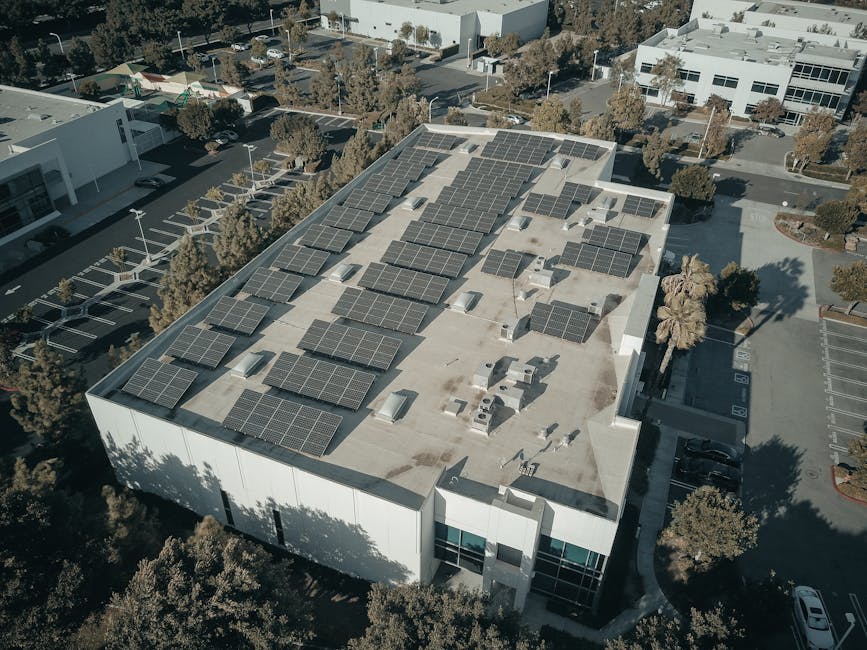
Frequently Asked Questions about Energy Efficient Apartments
When searching for energy efficient apartments, renters often have questions about what to look for and whether these features truly make a difference. Here are some of the most common concerns addressed.
What is the most important feature to look for in an energy-efficient apartment?
The building envelope stands out as the single most critical element to examine. This foundation includes the apartment's insulation and air sealing - essentially the barrier that separates the comfortable interior from the outside elements. Think of it as the apartment's protective shell.
High-quality insulation keeps conditioned air inside where it belongs, while proper air sealing prevents drafts and energy loss through cracks and gaps. When these elements work together effectively, the efficient HVAC system doesn't have to work overtime to maintain comfortable temperatures.
Since heating and cooling typically consume the largest portion of household energy, a well-sealed and insulated apartment can dramatically improve energy performance while maintaining consistent comfort throughout the seasons.
How can I tell if an apartment has good insulation without seeing inside the walls?
While insulation lives behind the walls where renters can't see it, several telltale signs reveal its quality. The most straightforward approach involves asking the property manager directly about the building's energy certifications or R-values (insulation ratings).
During apartment tours, pay attention to temperature consistency throughout the space. Well-insulated units maintain steady temperatures from room to room, especially near exterior walls and windows. On windy days, check for drafts by standing near windows and doors - minimal air movement indicates quality sealing.
Window quality often reflects the overall attention to efficiency. Double-pane or triple-pane windows with well-sealed frames typically accompany thoughtful insulation choices throughout the building.
Do energy-efficient features really make a difference in comfort?
Energy-efficient features create a remarkably more comfortable living environment beyond just improving energy performance. Stable indoor temperatures eliminate those annoying cold spots near windows or overheated rooms that plague less efficient apartments.
Reduced drafts mean no more chilly breezes sneaking through gaps in winter or hot, humid air seeping in during summer months. The same robust construction that prevents air leaks also provides excellent soundproofing, creating a quieter home environment by blocking noise from neighboring units and street traffic.
Many residents notice improved humidity control as well. Efficient HVAC systems and proper air sealing help manage indoor moisture levels, preventing that uncomfortable clammy feeling in summer and overly dry air in winter.
These comfort improvements combine to create an overall living environment that feels more stable, peaceful, and enjoyable throughout the year, making energy efficient apartments an excellent choice for those prioritizing daily comfort alongside environmental responsibility.
Conclusion
Choosing energy efficient apartments represents a smart step toward better living. These thoughtfully designed homes deliver meaningful benefits that touch every aspect of daily life - from the comfort of consistent temperatures year-round to the satisfaction of optimized energy use and the peace of mind that comes with reducing environmental impact.
The features that define these modern homes work together seamlessly. High-performance insulation keeps spaces comfortable while ENERGY STAR appliances handle daily tasks efficiently. LED lighting brightens rooms while using minimal energy, and smart technologies give residents control over their living environment in ways that weren't possible just a few years ago.
Modern design and sustainability go hand in hand in today's rental market. Renters increasingly seek homes that reflect their values while providing a high level of comfort and convenience. These apartments deliver exactly that - spaces where sustainable choices improve rather than compromise the living experience.
For those exploring Chicago's vibrant neighborhoods, The Otis Apartments by FLATS® exemplifies this approach to modern living. Located in the heart of Pilsen, these one- to three-bedroom rentals combine contemporary design with thoughtful amenities like a rooftop deck and fitness center. The location puts residents steps away from Pilsen's rich cultural scene while providing the comfort and convenience of modern apartment living.
The future of apartment living continues to evolve, with energy efficiency at its core. Whether through advanced building techniques, smart home integration, or renewable energy systems, these homes represent more than just a place to live - they're a pathway to a more thoughtful lifestyle that benefits both residents and the planet.
Those interested in exploring unique living spaces can also explore commercial loft spaces in Chicago to find additional options that blend character with modern functionality.
